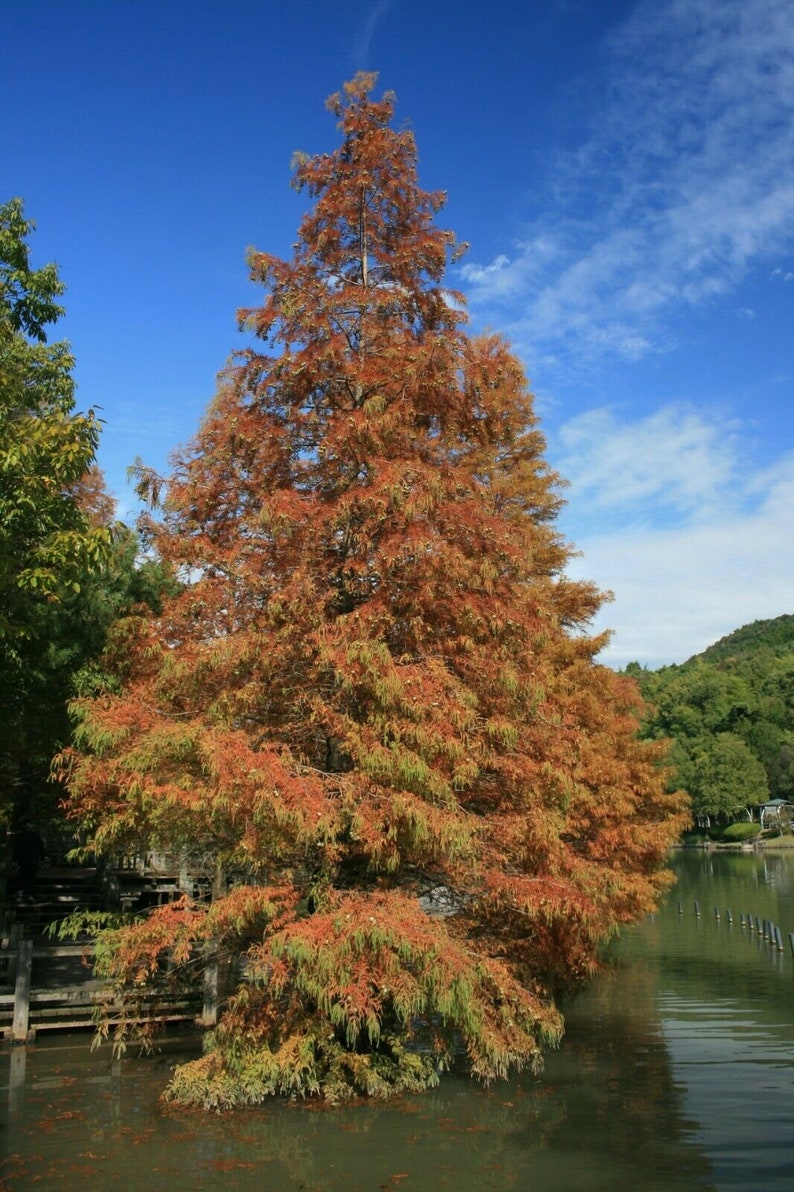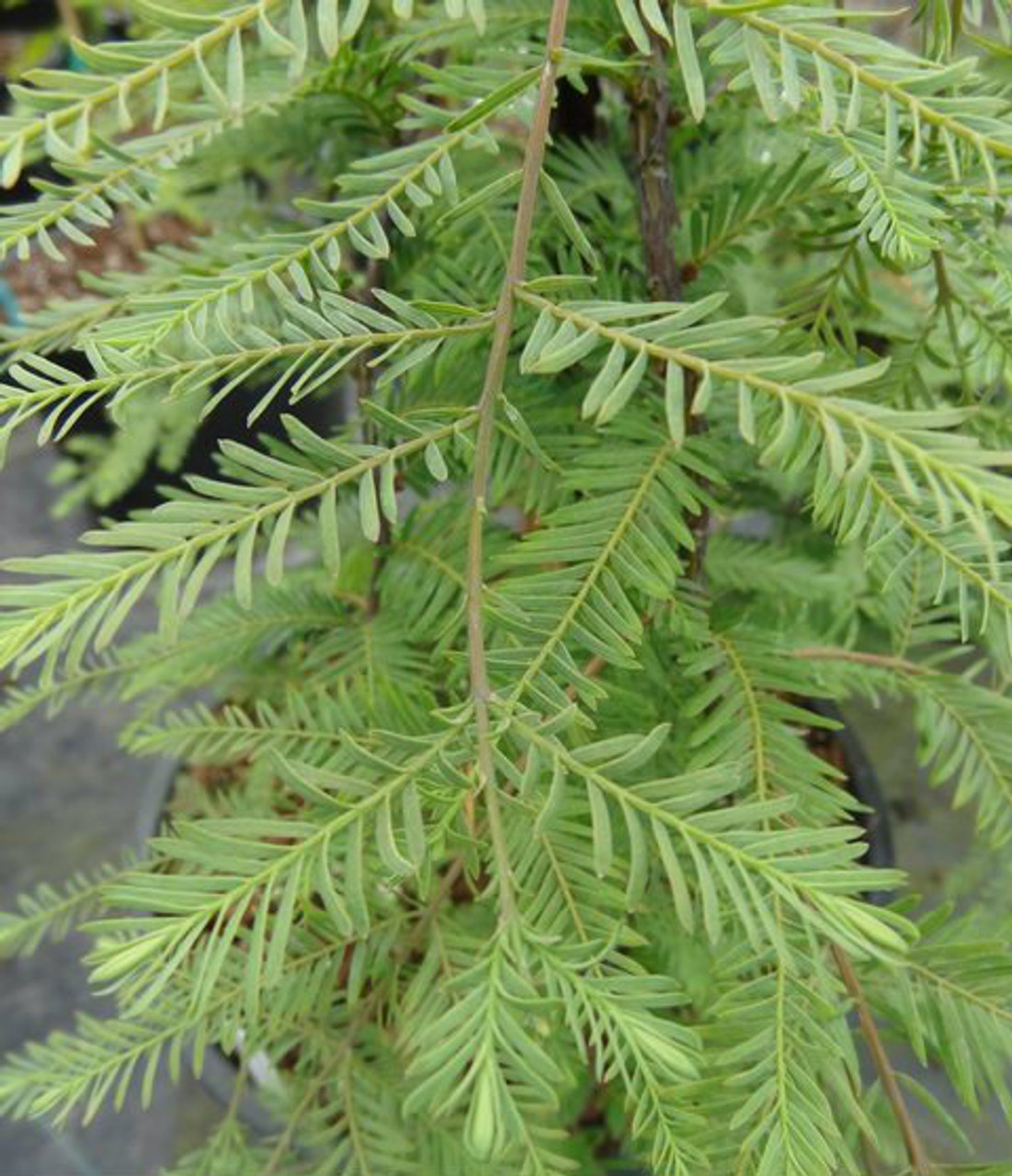
Summer has come to Cardiff so, although she loves our Welsh rain, Dawn Redwood is also a lover of a sunny location and has been basking in the long sunny days. Why not join in? You can find out more here. So, Ms Metasequoia glyptostroboides is not only beautiful but useful too! In 2015, a study was undertaken to determine if there was any scientific basis to this medical use and it found that Dawn Redwood does, indeed, contain chemicals that can reduce the symptoms in allergic contact dermatitis. This bark is quite fibrous and furrowed, and it exfoliates in long narrow strips.īoth the bark and the leaves are used in Chinese folk medicine to produce an ‘anti-microbic, analgesic and anti-inflammatory drug for dermatic diseases’. The bark that covers her wood is also a reddish brown, though it will become increasingly grey as she ages. The park staff at Bute Park keep her base neatly strimmed and regularly mow the grass that surrounds her, so she always looks tip top (except when untidy humans leave litter from their picnics or late evening drinking sessions!).Īs you might expect from a tree named redwood, Dawn’s wood, if we could see it, would be a rich reddish colour. Though some trees are already dropping leaves, there’s none of that messy stuff happening around the very tidy Dawn Redwood. Keep very well watered when first planted.The longest day has come and gone, and autumn’s just around the corner. Allowing soil to accumulate round the base of a tree can be fatal. This will help avoid the chance of cross contamination of disease.Īs with all woody plants, plant high, exposing as much of the taper at the base of the trunk as possible. When clipping several plants with the same tool, have a bucket containing a 5% bleach solution and swish your blades around for 30 seconds between plants to sterilise them. It’s not known to grow in standing water and doesn’t seem to produce the famous ‘knees’ found on the Swamp Cypress but in stature it’s more like the mighty Coast Redwood ( Sequoia sempervirens)Ī translation : Meta sequoia means a bit like a Sequoia and glyptostrob-oides means a bit like (the -oides ending always means ‘like’) a Glypostrobus, the Chinese Swamp Cypress. It’s like a bigger, more slender version of the related Swamp Cypress ( Taxodium distichum) being deciduous with similar delicate foliage. As they’ve only been in cultivation in Britain for 70 years, who knows when it’ll stop? It’s a fine specimen in rude health but being on its own it looks lonely and I feel bad. It grew like a rocket so now – in 2020 – it must be 60ft tall. I planted it in 1985 because I wanted to see what it would do. Having said that, I have one in my garden. They love each other’s company and they look so bold and wonderful when grown together – so try a grove or two. If you want a collection of Latin names in your garden (an arboretum?) than plant one on its own but from a design point of view this (in my modest opinion) accomplishes nothing. Like all of these tall conical conifers, their use needs some thought.


I’ve linked the Wollemi to another part of our website but not the Coelacanth as we don’t sell them. The Dawn Redwood has become one of the most famous of these prehistoric species that came back to life along with the Wollemi Pine ( Wollemia nobilis) and the Coelacanth. I say ‘not surprisingly’ because any species (be it plant or animal) that’s remained unchanged for many millions of years will have evolved many ways of dealing with both hell and high water. It was introduced into cultivation in 1949 and – not surprisingly – has proved entirely reliable, disease free, vigorous and robust. And then – in 1941 – it was discovered growing happily in Sichuan in Western China. It’s extraordinary to think that there was fossil evidence of this tree’s existence from the Mesozoic and – because no one had found it – an assumption that it had been extinct since then. One of a rare breed of plant that the palaeontologists knew existed before the botanists.

Metasequoia glyptostroboides (Dawn Redwood)


 0 kommentar(er)
0 kommentar(er)
